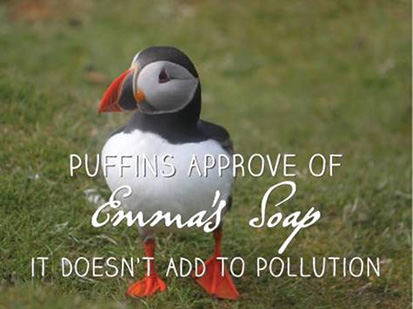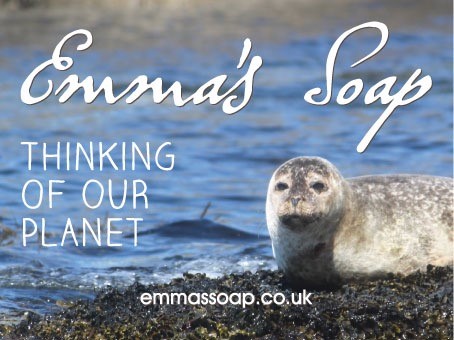How much do we create? Where does it go? What are the consequences?
Where does the waste come from?- Over 40% of plastic waste is directly from packaging! What we eat, drink, items, gifts we buy all come in packaging, with just a small amount being recycled most ends up in landfill.
Did you know that a plastic bag has just 15 minute working life, with 14% of all rubbish being plastic bottles excluding the cap and label. #Fact
Soft Drinks companies are responsible for 16 million bottles being disposed of EACH DAY in the UK alone. #Fact
Coffee houses send 4 billion non recycled cups to landfill every year, furthermore they acknowledge that plastic coating is used on the cups which makes it impossible to recycle. #Fact
LITTERING is the biggest cause of plastic finding its way into our seas and oceans, weather too, can move debris, wind, rain can wash blow rubbish into a stream, drain where it will end up in the sea. With plastic bottles taking 400 years to degrade in water, with 215 million metric tons of plastic ending up in our oceans and seas each year. It is shocking, by 2050 with out change plastic in oceans will out weigh fish. #Fact
Some of the most common items floating around our seas are:
cigarette butts
microplastics (pieces of plastic eroded, microbeads)
plastic beverage bottles
plastic netting, packaging straps
plastic bags
styrofoam cups
plastic caps and lids
plastic straws
glass bottles and pieces
fishing ghost line, nets and buoys
THE SCALE OF THE PROBLEM
Once plastic is in our oceans it is there to stay, put there by humans. Never fully degrading but instead becomes brittle, breaking eroding into small pieces - micro plastics (less than 5mm in diameter) - the scale of the pollution is enormous.
On our own shores in Scotland this year a crew of scientists have been conducting a sea surface sampling of micro plastics, to establish how polluted our seas are, as plastic has been found in 1/3 of all UK caught fish, which ends up on our plate. #Fact
Sustainable Coastlines Hawaii used a sand sifter to show how much rubbish micro plastics sits in the sand, the amount they discover is shocking see for yourself:
https://www.instagram.com/p/BSl_BgLFmp3
The uninhabited island of Henderson in the South Pacific is covered with 38 million pieces of trash washed ashore by ocean currents, known as ‘gyres’.
The North Pacific Gyre is home to the Great Pacific Garbage Patch which is approximately 270,00 square miles and 6 meters deep, 8% of the size of the Pacific Ocean, a floating island of man made debris.
THE DIRECT EFFECT ON MARINE LIFE
To a sea turtle a floating plastic bag looks like a jelly fish, when ingested it causes blockages in their digestive system and eventual death.
The curious, playful seals will often play with fragments of plastic netting or packing straps. If the webbing is caught around the seal's neck it acts as a harness and constrict the seal's movements, killing the seal through starvation, exhaustion, or infection from deep wounds caused by the tightening material.

While diving for food, whales can get caught in translucent nets and drown. Our own #startbay humpback whale got caught twice in whelk/lobster pots and fishing line, to be successfully freed, as the tremor could been seen from the land. A whale caught in line will starve to death or drown.
Basking sharks filter an olympic swimming pool of water ever hour, with our seas littered with micro plastics including micro beads from cosmetic products. There feeding is causing them to consume and ingest vast amounts of plastic
Sea birds, ingest plastic some time feeding micro plastics mistakenly to their young they can also become entangled in the debris floating in our oceans and sea and even use bits of plastic for their nests.

A dead albatross was found recently with pieces of plastic from 1940’s in its stomach. #Fact
PROACTIVE SOLUTIONS
Dutch entrepreneur is planning to deploy a pilot device off southern Japan that will, if all goes according to plan, gather and capture some of the millions of tons of plastic that is clogging up the world's oceans.
Bottle banks in Germany scan barcodes and send packaging back to manufacturers.
Colombian company is taking tonnes of discarded plastic and turning it into bricks.
Litter picked up from Haiti beaches in the Caribbean is being made into recycled packaging.
Closer to Home in Scotland they are trying to create a bottle deposit return scheme. You can help by signing the petition:
There are many more initiatives that individuals are taking to combat this global problem, perhaps the most effective method right now for solving the persistent plastic problem is beach cleaning. This what I discovered and did on the island of Dun Ghanian, Loch Sunnart.
My partner and I paddled to a little island called Dun Ghailian home to an old forte, now home to otters and red deer, approximately 1400 square metres. Upon discovering a small beach full of washed up rubbish we decided to pick it up, we cleaned the entire beach, as well as walking around this small island collecting even more plastic. On our return we discovered we had collected a wheel barrow full of plastic and ghost line. Now deposited into the correct waste stream!
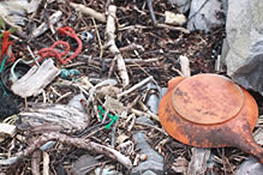
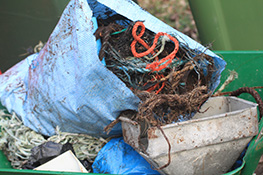
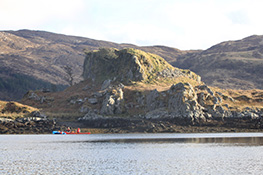
A week later we returned and litter picked the opposite mainland coast line, finding too much to carry back on the kayaks, we have collected the waste in one central point and will visit with every opportunity remove as much as we can carry.
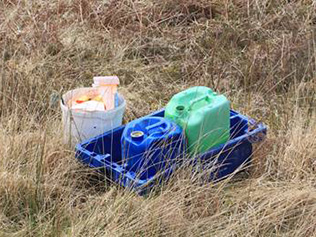
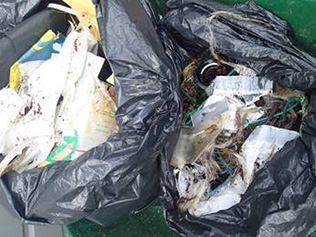
Even if plastic production halted tomorrow, the planet would be dealing with its environmental consequences for thousands of years.
Think about what you buy, what is the packaging, how can it be disposed of, choose a product for its environmental conscience. Never litter, alway take home what you brought and more, litter pick where ever you go.
Together we can reverse the damage with thought and compassion.
